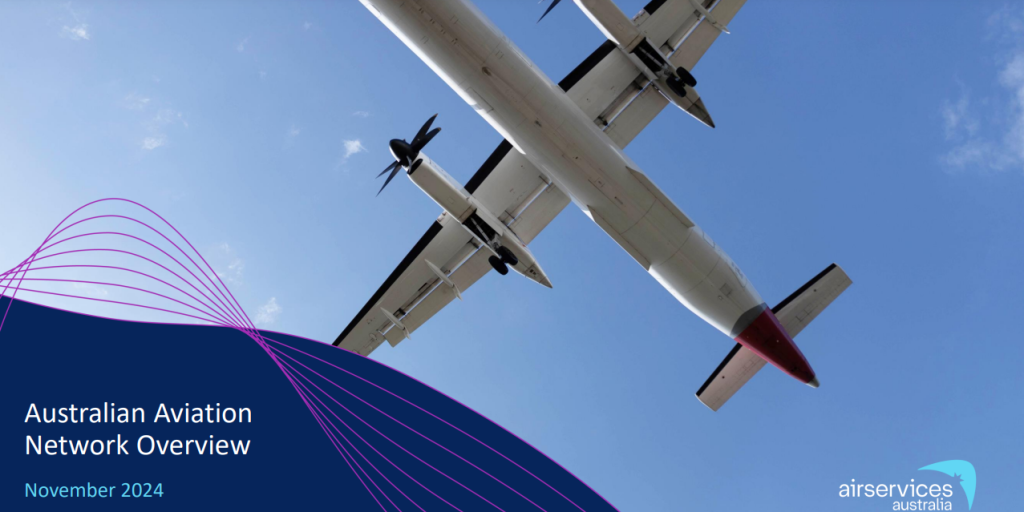Airservices Australia has completed a Preliminary Site Investigation (PSI) for PFAS contamination across Launceston Airport to better understand potential impacts which may be directly related to the legacy use of aviation fire fighting operations. The PSI is part of a national PFAS Management Program. Independent consultancy AECOM undertook the PSI.
The PSI found historic PFAS contamination on airport in close proximity to where firefighting activities were carried out at the airport. This was expected given the previous use of fire fighting foams containing PFAS at Airservices sites at the airport.
The PSI investigation detected PFAS on airport in soil, sediment and groundwater. On site investigations included the ARFF sites of the Main Fire Station (MFS), the Vehicle Maintenance Areas, and the Former Fire Training Ground (FFTG).
PFAS detections in soil or sediment were low and below human health assessment criteria. PFAS detections in groundwater on-airport exceeded criteria levels. However, the report notes that TasWater supplies reticulated public drinking water to the site and surrounding area.
The results of the report indicate further investigation is required and this will be undertaken as part of a Detailed Site Investigation (DSI).
Airservices has shared all the results with Launceston Airport and the environmental regulators – EPA Tasmania and the Department of Infrastructure, Transport, Cities and Regional Development. Airservices will continue to work with the relevant Commonwealth and State environmental regulators and health authorities and the airport, as part of a risk-based approach to responsibly manage PFAS at Launceston Airport.
The PSI is published here:
https://www.airservicesaustralia.com/community/environment/pfas/
Airservices does not use fire fighting foam containing PFAS at Launceston Airport and began to transition away from foams containing PFAS in the early 2000’s. Airservices has been using PFAS free fire fighting foam since 2010.
More information
- For media enquiries, please call 1300 619 341 or e-mail media@airservicesaustralia.com
- For PFAS enquiries please e-mail the Airservices project team: pfascomms@airservicesaustralia.com
- For PFAS health related enquiries, please consult the Commonwealth Department of Health website: http://www.health.gov.au/internet/main/publishing.nsf/Content/ohp-pfas.htm
- For information about PFAS contamination and investigation in Tasmania contact EPA Tasmania: https://epa.tas.gov.au/environment/land/area-wide-contaminated-land-issues/pfas-contamination



